City Notes: What exactly is public housing?
Heidi Nielsen, Executive Director, Charles City Housing and Redevelopment Authority
In 1937, the federal government became officially involved with public housing under the United States Housing Act. This act originated from President Roosevelt’s New Deal which started in 1933.
Public housing was established to provide decent and safe rental housing for eligible low-income families, the elderly and persons with disabilities.
Charles City completed its first 80 public housing units in 1968, which became known as South Cedar Terrace Apartments for the Elderly. However, the tornado destroyed the entire complex and we had to rebuild.
After the tornado, the city purchased two blocks north of Main Street between Hulin and Richings Streets and built 52 more units, known as North Cedar Terrace Apartments for the Elderly.
The final 20 public housing units were built in 1983 at two different sites. Four handicapped-accessible units were built at North Cedar Terrace adjacent to Hulin Street. The remaining 16 were built near the current high school. Those became known as Morningside Apartments and were the city’s first public housing units intended to house low-income families.
Over the years the passage of many fair housing laws and amendments made to the original housing act have opened admission to the Terraces to include individuals with disabilities and near-elderly individuals.
In 1996, the U.S. Department of Housing and Urban Development removed the elderly/disabled designation and opened admission to anyone who meets the eligibility requirements. Therefore, the names were changed to just North Cedar Terrace and South Cedar Terrace.
There are additional subsidized apartment complexes in town, however, they are not public housing units and have their own set of regulations. Complexes such as Cedar Crest and Lantern Park are site-based Section 8 units and the city does not manage any site-based Section 8 units.
Even though the Housing Authority is a city department, the funding used to operate comes from tenant rents and government subsidy. None of the local taxes are used to subsidize our operation or capital improvements and although we are tax-exempt, we make an annual payment in lieu of taxes to the county.
HUD controls much of the way we operate. For instance, they have just rolled out a new smoke-free initiative. This requires us and every other housing authority in the country to ban smoking in all units and common areas.
They further restricted the ban to include smoking within 25 feet from all doors and windows. So, if you go by the Terraces and see someone sitting by the road smoking, you know why.
Many more changes are anticipated in the next few years, which will have a significant impact on how we operate.
Recently, HUD announced legislation which, if approved, will affect how we calculate rent, include possible work requirements and other rent requirements. This, combined with reductions in funding, make us long for the public housing of yesterday.
As a side note, on May 15 I discovered why the two roads leading into South Cedar Terrace were named Greenless Circle and Kneisel Circle. It didn’t seem that they served a purpose — they weren’t used in either a mailing address or physical location.
Before reading the Charles City Press article remembering the tornado, I was mistakenly under the impression that no one had lost their lives at South Cedar Terrace due to the tornado.
The listing of those who were killed in the tornado included three residents of South Cedar Terrace. They were John and Minnie Kneisel and Marie Greenless. I will forever look at those street signs differently.

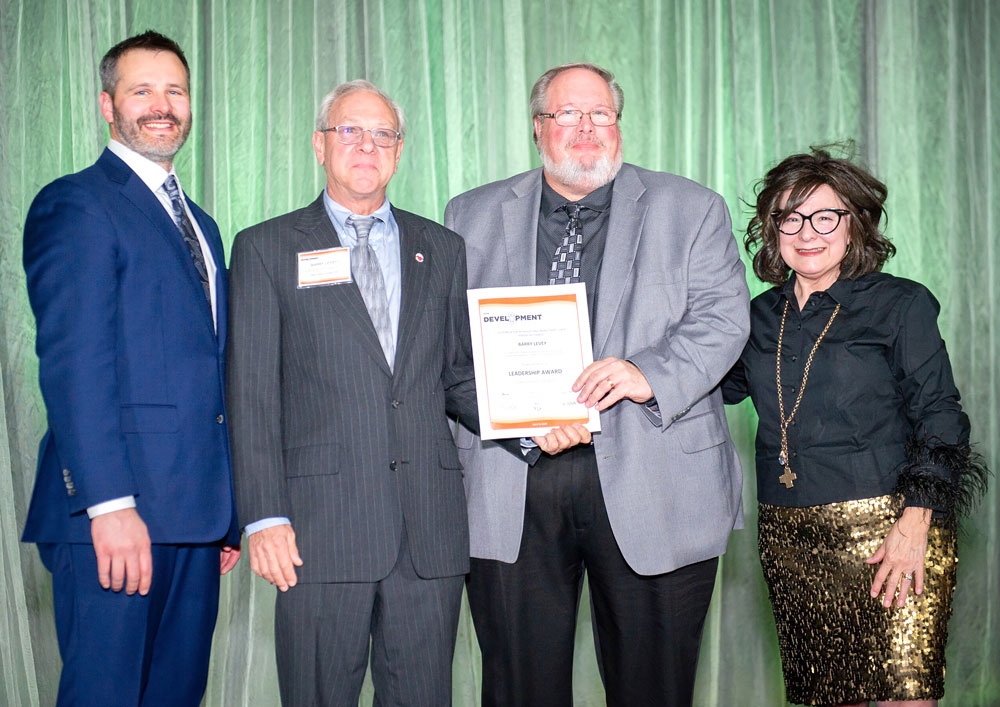
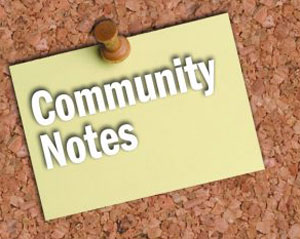

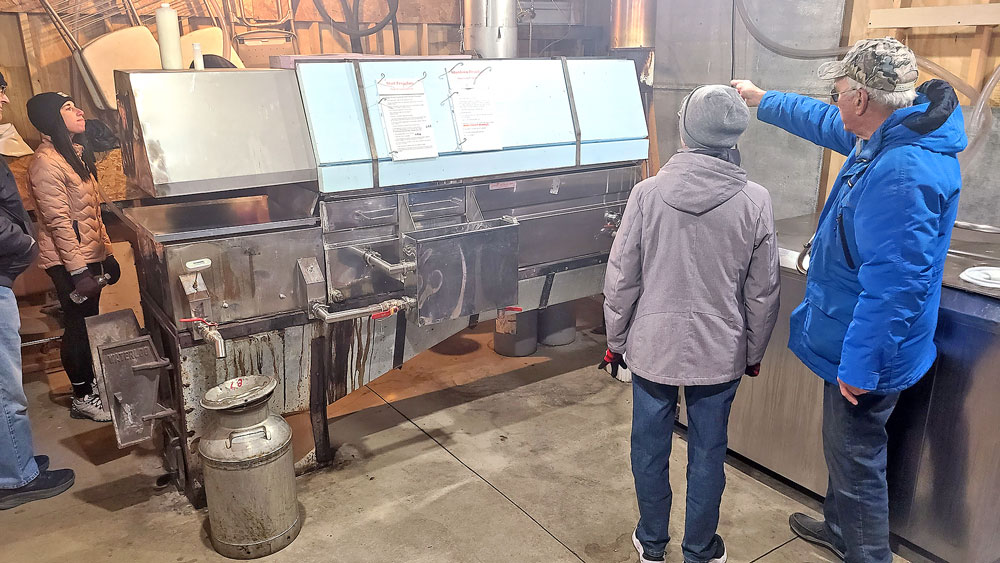
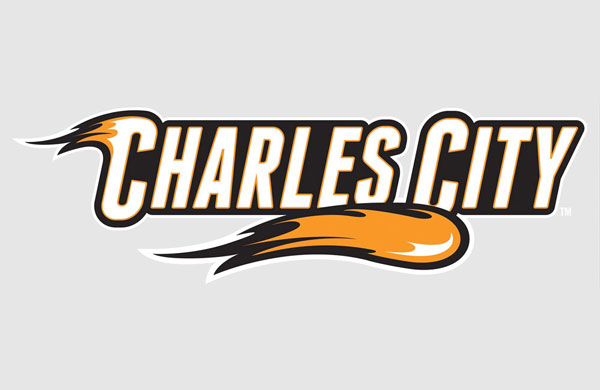
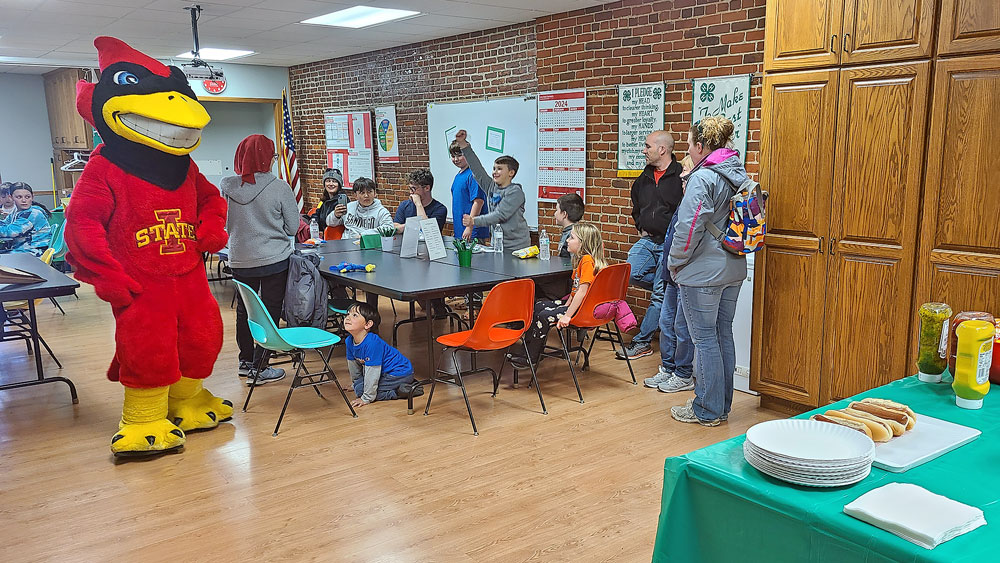


Social Share